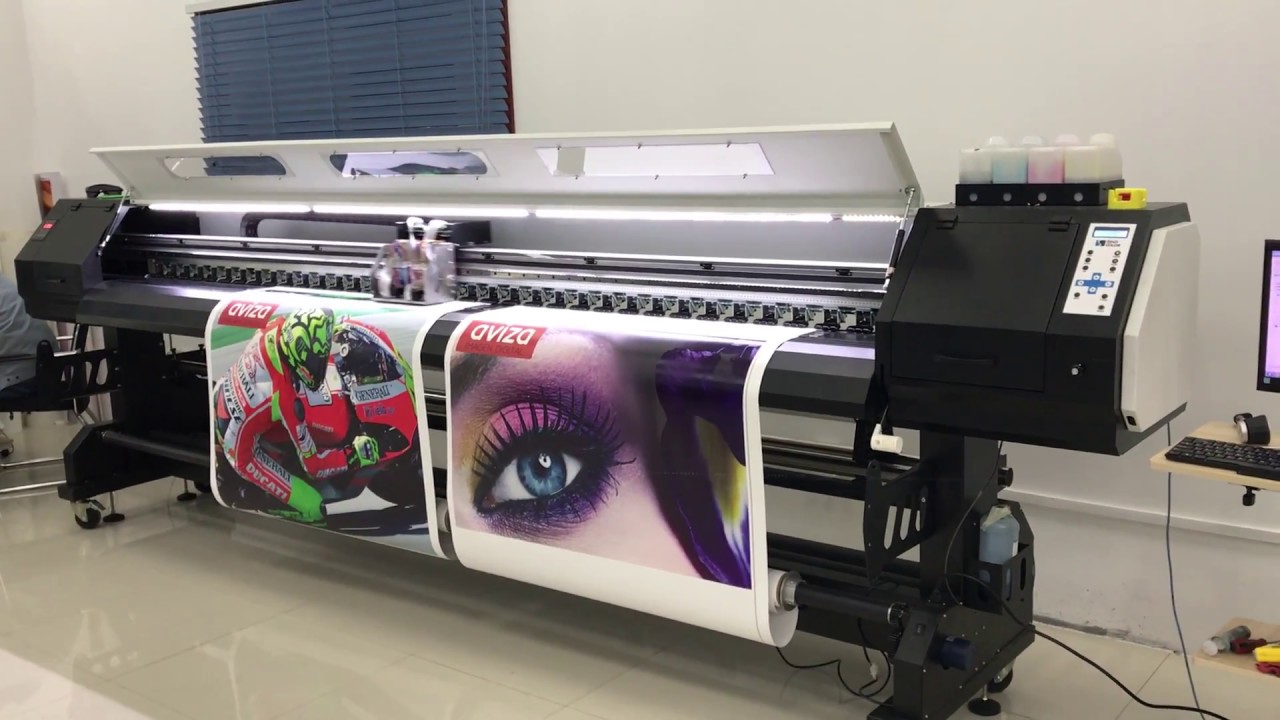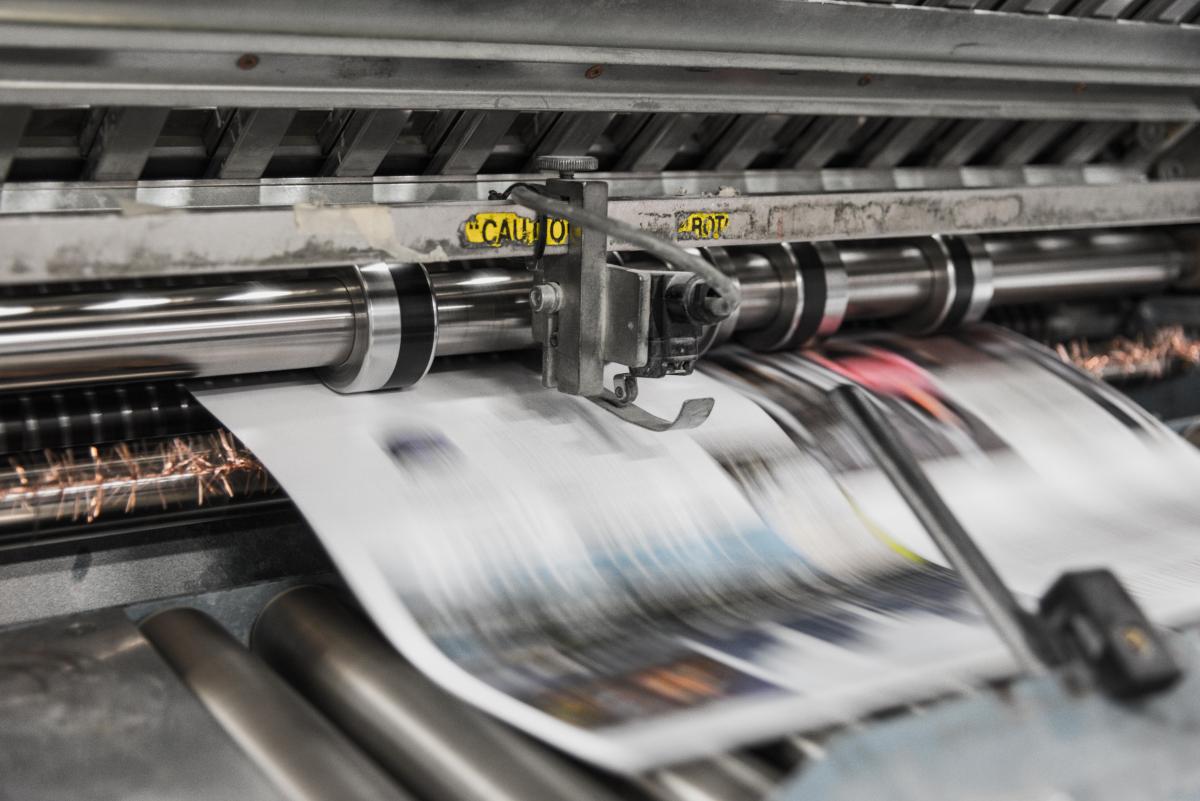The advent of print tech in healthcare has ushered in a new era of innovation and possibility. This technology is transforming the traditional landscape of medicine and healthcare delivery. From creating customized prosthetics to innovative drug delivery systems, the impact of print technology is profound and far-reaching.

The Evolution of Print Technology in Medicine
Print technology has come a long way since its inception. Initially used for documentation and record-keeping, its role has expanded significantly. Today, it plays a crucial role in patient care and medical innovation. The integration of print tech in healthcare has paved the way for groundbreaking advancements that were once considered science fiction.
3D Printing: A Game Changer
One of the most significant contributions of print tech is 3D printing. This technology allows for the creation of complex structures that are both precise and customizable. In the healthcare sector, 3D printing is used to create patient-specific implants, prosthetics, and even organs. This level of personalization enhances treatment outcomes and patient satisfaction.
Innovations in Prosthetics
The use of 3D printing in prosthetics has revolutionized the field. Patients can now receive custom-made prosthetics that fit perfectly and are tailored to their needs. This technology reduces the time and cost associated with traditional prosthetic production, making it accessible to a broader audience.
Drug Delivery Systems: A New Frontier
Print technology is also making waves in the development of drug delivery systems. Researchers are exploring the use of 3D printing to create personalized medication that can be tailored to an individual’s unique genetic makeup. This approach promises to increase the efficacy of treatments while minimizing side effects.
Bioprinting and Organ Development
Perhaps the most exciting development in print tech in healthcare is bioprinting. Scientists are working on printing functional organs and tissues, which could potentially eliminate the need for organ donors. This technology holds the promise of saving countless lives and reducing the burden on transplant waiting lists.
The Role of AI and Machine Learning
Artificial Intelligence (AI) and machine learning are enhancing the capabilities of print technology. These technologies enable more accurate and efficient design processes, improving the quality and precision of printed medical devices and organs.
Challenges and Ethical Considerations
While the benefits of print tech in healthcare are immense, there are challenges and ethical considerations that must be addressed. The regulation of printed medical devices, patient privacy, and the potential for misuse are all concerns that need careful consideration.
Regulatory Hurdles
The regulation of 3D printed medical devices is complex. Ensuring that these products meet safety and efficacy standards is crucial for patient safety. Regulatory bodies are working to develop frameworks that can keep pace with the rapid advancements in this field.
Ethical Implications
The use of print technology in healthcare raises ethical questions, particularly in the realm of bioprinting. The potential to create human organs and tissues necessitates a discussion on the moral and ethical implications of such advancements.
The Future of Print Tech in Healthcare
The future of print tech in healthcare is bright. As technology continues to evolve, we can expect even more innovative solutions that will further revolutionize the medical field. The integration of AI, machine learning, and advanced printing techniques will lead to more personalized and effective treatments.
Collaboration is Key
For print technology to reach its full potential in healthcare, collaboration between various stakeholders is essential. This includes researchers, medical professionals, regulatory bodies, and technology developers. By working together, we can ensure that these innovations are safe, effective, and accessible to all.
Conclusion
In conclusion, print tech in healthcare is a game-changer. Its ability to personalize and enhance medical treatments is unparalleled. As we continue to explore and develop these technologies, the potential to improve patient care and outcomes is limitless.

FAQ
What is the role of 3D printing in healthcare?
3D printing is used to create customized medical devices, prosthetics, and even organs, offering personalized treatment options to patients.
How is print tech improving drug delivery systems?
Print technology allows for the development of personalized medication tailored to an individual’s genetic makeup, increasing efficacy and reducing side effects.
What are the ethical concerns surrounding bioprinting?
Bioprinting raises ethical questions about the creation of human organs and tissues, necessitating discussions on the moral implications of these advancements.
For more insights into the future of printing technology, visit the Future of Commercial Print and explore how print technology is shaping the healthcare industry.
Additionally, explore related topics such as 3D Printing in Manufacturing and AR in Print Media for a broader understanding of the impact of print technology across various industries.
This article contains affiliate links. We may earn a commission at no extra cost to you.






